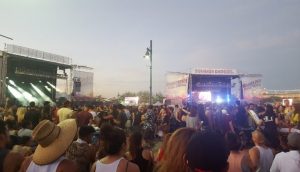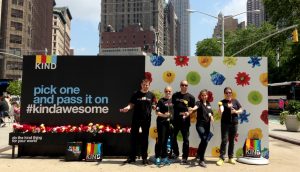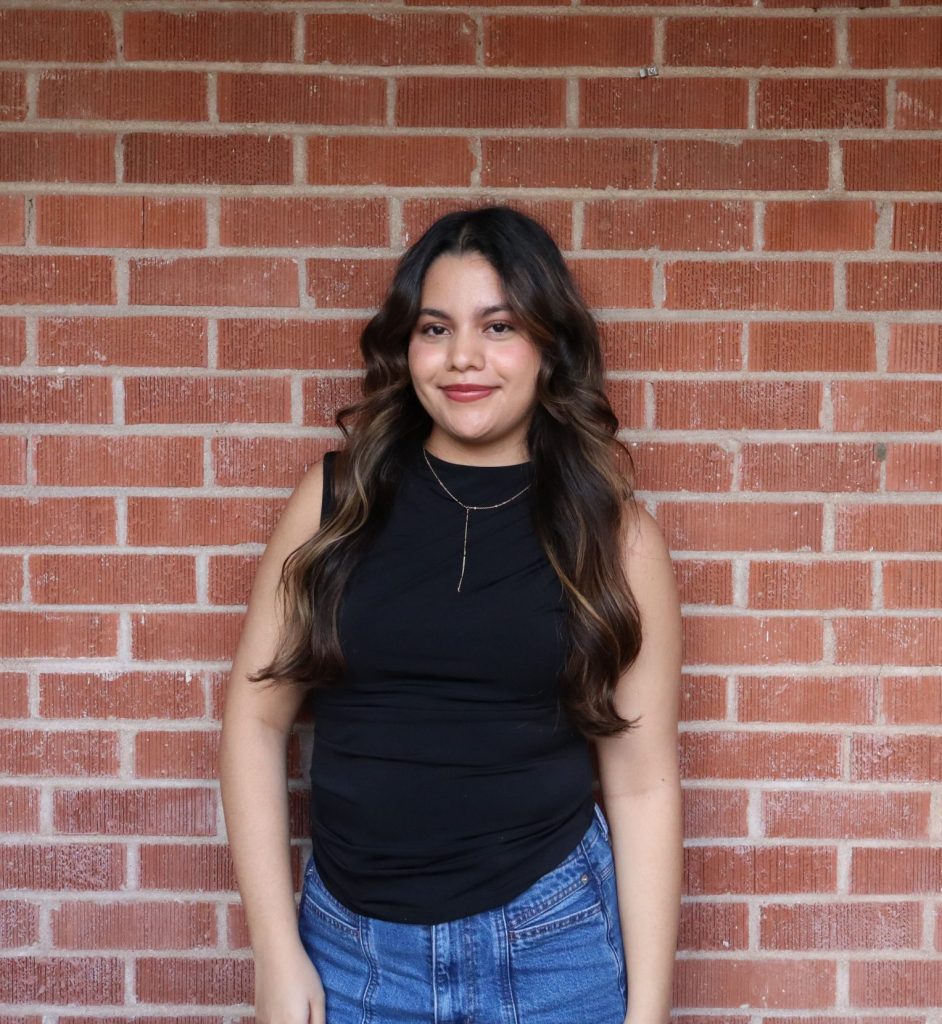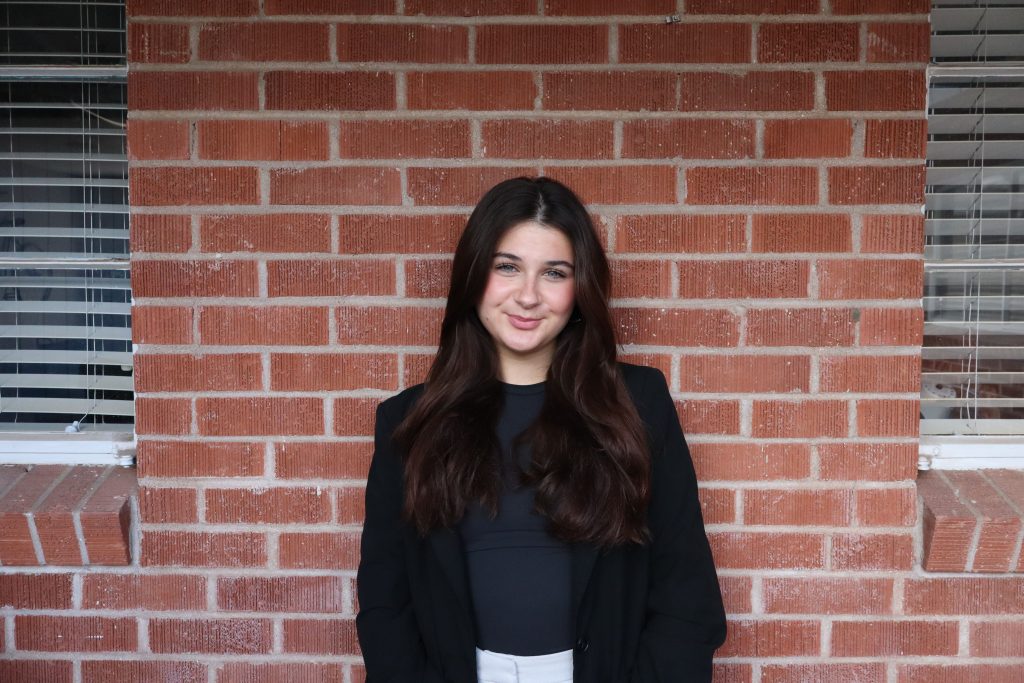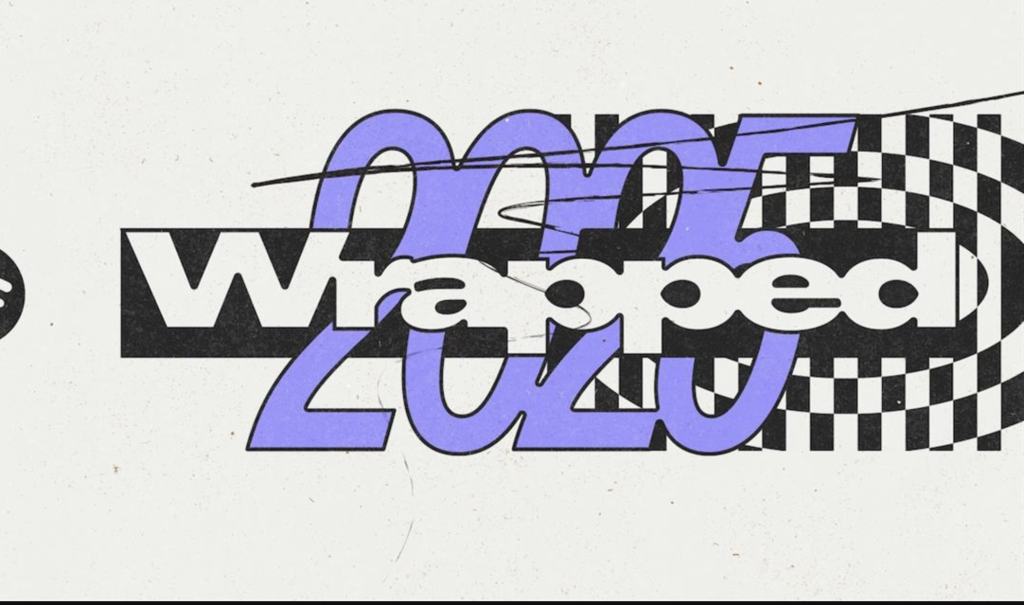A few weekends ago I went to an all-ages outdoor music festival that featured several currently popular entertainers including Pepper, Slightly Stoopid, Rebelution and J.Cole. I challenged myself to do something out of my comfort zone; attend an outdoor music festival. Unbeknownst to me, I would wind up leaving the popular venue with several valuable lessons that are important for even a digital marketer (as I am) that typically has little to do with events or experiential marketing. The first thing I learned was that I am not quite as suited for an outdoor music festival as I assumed. Having expected a sit-on-the-grass experience as I enjoyed at my last music festival (Lollapalooza ’95 in Columbus anyone?), I was ill-prepared for the standing room only, pushing/screaming of passionate fans while in 105+ degree Arizona heat. More important than this personal realization however were the experiential marketing lessons I learned that day from the energetic youth and the brands that engaged them.
It is all about the Consumer Experience:
Brands that advertise at concerts and music festivals have long known this, and I have witnessed this in the work my agency does in social media monitoring; just how important it is to reach a consumer while they are doing something they love such as enjoying a live music performance. At the festival we attended, I saw brand after brand providing a unique personal experience that will allow that potential customer to always think fondly of their brand when making future purchase decisions. Among the numerous well-known companies taking advantage of this great opportunity to build loyalty within consumers, below are two of my most notable.
Be Kind – Flowers for All
Kind snack bars was not only handing out their delicious treats, but went the extra mile by hosting a wall holding an array of fresh and colorful flowers. This allowed any festival-goer to be kind, and give someone else a floral gift to brighten up there day. A brilliant experiential marketing tactic the brand has utilized since 2013, I obviously partook in the experience, munching on the bar.
(Image courtesy of #Kindawesome)
Marlboro – Luxury Treatment for Smokers
An interesting festival feature was the Black Lounge smoking experience provided by Marlboro. Although I am a non-smoker, I was curious as to how the brand engaged with this audience. I found that within the lounge they provide a private, air conditioned, luxury smoking experience which allowed 21+ festival-goers the ability to hang out and do something they controversially enjoy (smoking), while also receiving free goodies such as energy drinks as well as discount cigarettes. Often ostracized, smoking is on the comeback (although powered by vapor cigarettes and legalized marijuana) and brands know that giving a potential customer premium treatment can really go the extra mile and as such take advantage to do this in one of the few locations where traditional cigarettes can market themselves.
(Image courtesy of Digiday.com.)
The Importance of Measuring Experiential Marketing
As I admired the experiences provided by these brands I pondered how does one measure the results from the work and costs directly attributed to these campaigns. Like all other campaigns, experiential marketing has to be measured for effectiveness which I assumed can be quite difficult. Reading further after the performance, a recent article from AdAge details on experiential marketing with examples of successes and failures in terms of ROI. A key point from Greg Luckman, global head of CAA Sports Consulting, is that impressions are not enough to justify an experiential campaign. He notes that earned media and PR can be even more valuable to measure the efficacy of this type of strategy. Getting 60 thousand people to experience your brand during one weekend and another 5 million views to the article that was published about your campaign are important, but more crucial is how the campaign did (or did not) push the sales needle.
Putting it All Together
In summary, the central learning experience for myself was to really think about how better to place a brand in the experience and cater to a specific audience even if primarily dealing with that consumer digitally. Marketers need to focus more on ‘making someone’s day‘ which can have a lasting impression for that consumer at least in the short term, and hopefully in the long term. And of course, we need to measure these results to see if there is truly long lasting value.
Further Reading
15 Great Experiential Marketing Campaigns: http://adage.com/article/agency-news/15-marketing-s-memorable-experiential-moves/291975/
Marlboro Black Lounge: https://www.reddit.com/r/Reno/comments/2eugqx/marlboro_black_lounge_nugget_rib_cook_off_1_pack/
Be Kind: http://www.phillymag.com/be-well-philly/2014/11/11/get-free-kind-bars-thursday/

